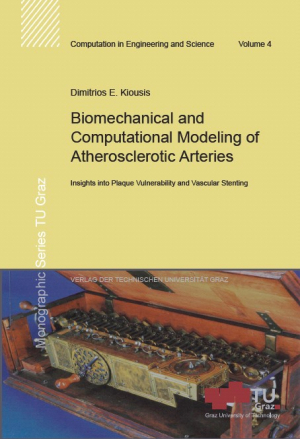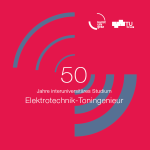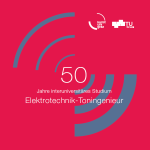Cardiovascular diseases (CVDs), often related to atherosclerosis, are
the number one cause of morbidity and mortality in the western world.
The social and economical burden of CVDs remains very high, and the
importance of better understanding the biomechanics of atherosclerosis
cannot be overemphasized.
This work attempts to establish a
connection between mechanics and clinical practice, thus opening new
avenues for interdisciplinary research. In particular, the author
illustrates a computational and experimental methodology, able to
accurately (i) analyze the mechanical environment of atherosclerotic
lesions,and (ii) simulate the biomechanical aspects of angioplasty
interventions. The geometric and material modeling of patient-specific
human stenotic lesions is discussed in detail. Particular emphasis is
given to the numerical treatment of contact interactions between medical
devices (balloon catheter,stent) and arterial wall. Finally, clear
biomechanical markers are provided for the clinical assessment of
optimal stent configuration and of plaque vulnerability.







